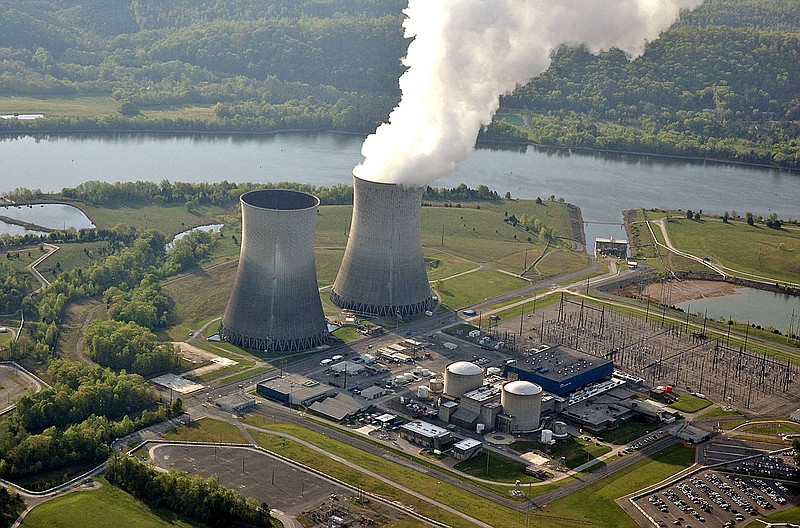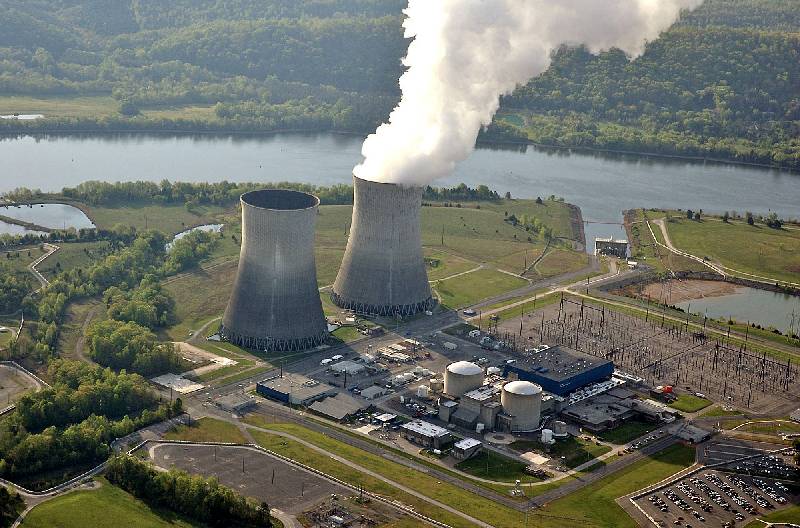More than four decades after its start, the Tennessee Valley Authority expects to complete a second reactor at its Watts Bar Nuclear Plant by the end of the year.
TVA President Bill Johnson said today work on the Unit 2 reactor "remains on budget and on schedule to be the first new U.S. reactor to come on line in the 21st century."
TVA expects to begin commercial power generation at the new unit at Watts Bar by December, Johnson said. TVA plans to conduct hot functional testing in March and expects regulators to begin their operational readiness assessment of the plant this spring to allow nuclear fuel to be loaded by this summer and generation to begin sometime between September 2015 and June 2016.
Johnson said the work is now expected to cost about $4.2 billion since TVA reactivated work on the reactor five years ago. TVA expects to spend about $1 billion on Watts Bar Unit 2 in the current fiscal year as part of the utility's record high $3.5 billion capital spending budget this year.
TVA originally began building Watts Bar in 1974. Work was halted in 1988 after employee safety concerns were raised about the way the plant was built. TVA resumed work on the unit in the 1990s and finished Unit 1 in 1996 at a cost of more than $6 billion.
Because TVA started the project prior to EPA releasing its new Clean Air rules, TVA may not get carbon credits for the new reactor unless the rules are modified. TVA is urging EPA to revise its standards so that TVA's use of Watts Bar, which does not release any carbon dioxide, can be counted in its efforts to reduce carbon emissions in the Tennessee Valley.
Although TVA is working to meets its schedule for Unit 2, Johnson stressed that TVA will not be rushed to finish the work at Watts Bar, which is located on the Tennessee River near Spring City, Tenn. Three years ago, TVA was forced to delay and revamp its schedule at Watts Bar Unit 2 when the original 5-year, $2.5 billion estimate proved inadequate.
"It is being finished the right way - safely and with high quality," Johnson said.
The unit is now more than 90 percent complete and the work done so far is passing initial acceptance testing 97 percent of the time, Johnson said. TVA said workers at Watts Bar have completed more than 30 million work hours without a lost time accident.

